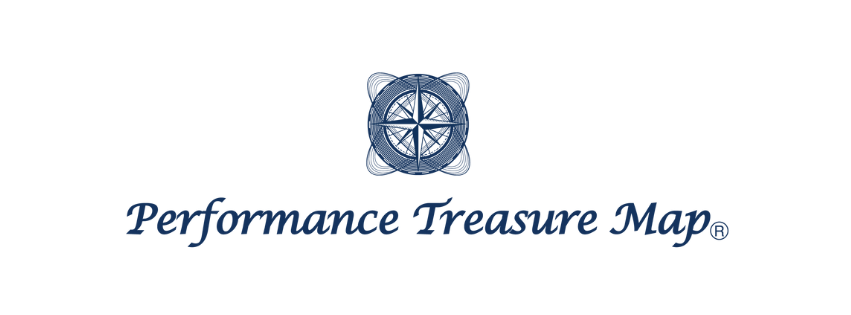I would like to provide an overview of the Sprint Ability of the Original K-Map (hereinafter referred to as K-Map). Please note that most of this overview overlaps with Jumping Ability.
Setting the “Treasure”
Please see the previous post Jumping Ability for what is important in the creation of a K-Map (i.e., a map of beginnings).
On that basis, we again present below a simple law of K-Map.
The Five Main Factors
Having established sprinting ability as an arbitrarily defined performance (treasure), I would now like to unpack the factors and elements (clues) for its improvement.
We first categorized the cues to sprinting power into five factors.
This is the same as jumping ability.
Physical Characteristics/Functions
Range of Motion
Muscle Function
Nervous System
Technique
Knowing that these five categorized factors are inherently intertwined with each other and lead to improved sprinting ability, we will first implement a meaningful subdivision.
As a refresher on the common language, below is an explanation of what a “meaningful subdivision” is (from the posted article: How to use PTM).
Meaningful Subdivisions
Physical Characteristics/Functions
We believe that physical characteristics/functions are inseparable factors when discussing performance.
Bodyweight (especially muscle mass) has also been shown to be related to speed during sprinting, and static alignment and dynamic alignment as a function will also be essential for improving sprinting ability.
The K-Map clearly and simply shows the relationship between body weight to PFC balance (just one example).
In addition, dynamic alignment is tied to each sprinting periodization, with the elements of the alignment tied backward from sprinting ability improvement.
Range of Motion
In K-Map, the factors that determine the range of motion are “muscle tendons (including fascia),” “joints and bones,” and “skin.
In addition, concerning muscle tendons, the “function of muscle tendons in the range of motion” is defined as follows.
Based on this definition, anatomical classifications are made for the muscle groups mainly involved in lower limb muscle groups, trunk muscle groups (including rotation), and muscles and tendons involved in arm swing, and the approach to obtaining the necessary range of motion for each is unraveled.
The same is true for joints, bones, and skin.
Muscle Function
K-Map subdivides muscle function into “power”, “proprioception”, “postural stability”, and “muscle endurance”.
Also, in the power of muscle function, its components are shown based on physics (e.g., power is composed of force and velocity).
It then categorizes the anatomy of the muscles mainly involved in lower limb muscle groups, trunk muscle groups (including rotation), and arm swing, and explains how to approach the acquisition of necessary muscle function in each of these areas.
In addition, the squat and deadlift, which are included in the muscle function component, are “elemental deep dives” and K-Maps have been created so that those who purchase them can develop them with connections.
Nervous System
It classifies the nerves into peripheral and central nerves and shows their relationship in a clear and simplified manner.
In addition, the central nervous system is subdivided into the brain and spinal cord, of which the brain implements two types of development: function-based and structure-based.
This part of the nervous system will be further subdivided and examined closely in the future.
Technique
For technique, as indicated at the beginning of this section, we pick up on the basic elements of sprinting movements rather than competition specificity.
Similar to the dynamic alignment of physical characteristics/function, each sprinting periodization is unpacking its elements backward from the improvement of sprinting ability.
Closing
As the creator of the K-Map, I would be happy if some of you who purchased the K-Map would create maps specific to various competitions based on the “sprint” K-Map.

We’d love to hear from you and request a seminar on PTM or K-Map!
Please contact us via our contact form!

This post is also available in ja.


